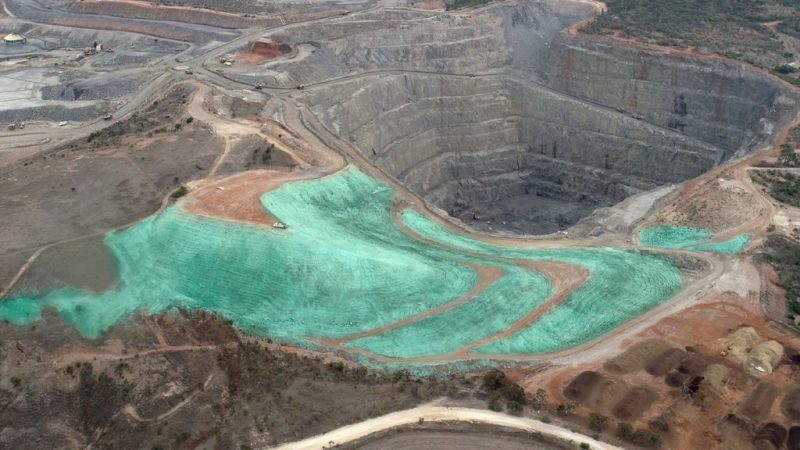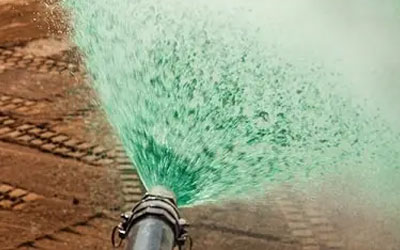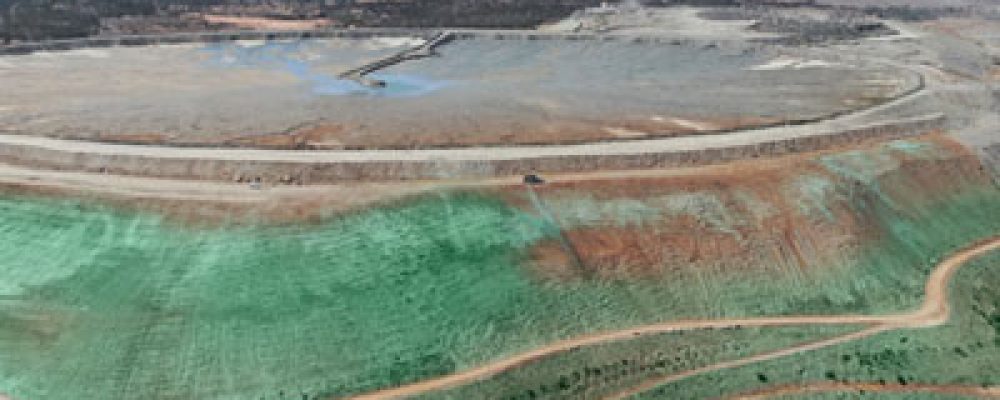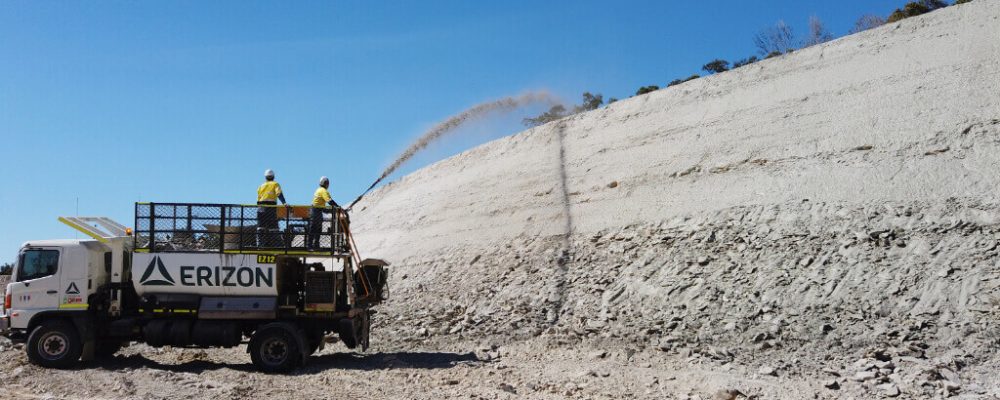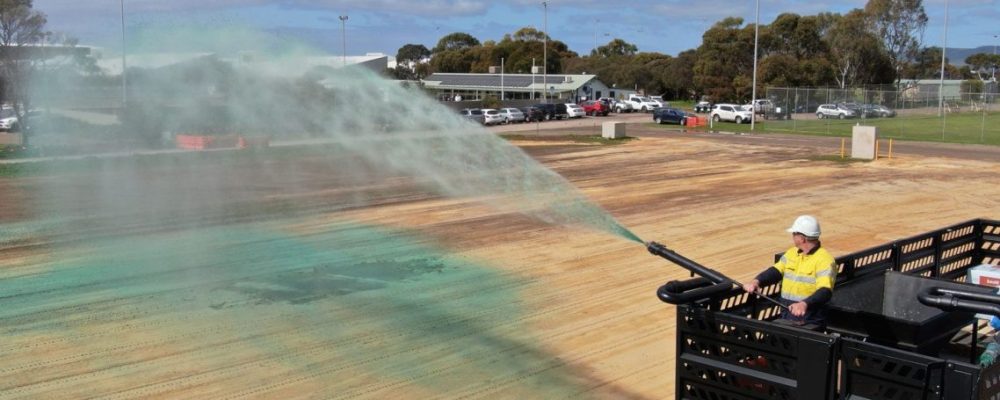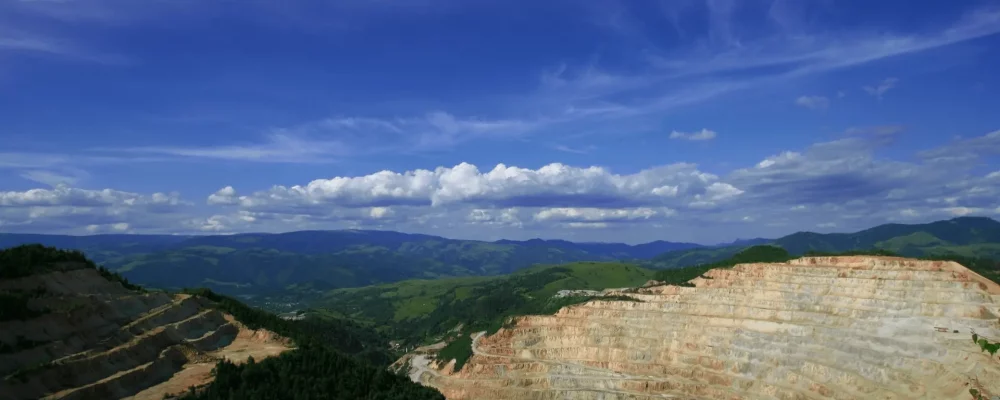Soil bioengineering, a unique amalgamation of biology and engineering principles, has emerged as a vital tool in the restoration of vegetation in disturbed landscapes. This scientific discipline harnesses the power of plants and their inherent growth characteristics to reinforce soil stability and stimulate ecological recovery.
Particularly in the context of post-mining rehabilitation, soil bioengineering offers innovative and sustainable solutions for environmental remediation.
The subsequent sections explore the complex mechanisms encompassed in soil bioengineering, showcasing its vital role in addressing ecological challenges within disrupted mining regions, while offering a comprehensive framework for successful landscape restoration.
Understanding the Chemistry and Structure of Soil
Understanding the chemistry and structure of mine spoil is key to unlocking its potential for environmental restoration. Mining activities, while transformative to the original soil properties, set the stage for an exciting challenge in the realm of vegetation restoration.
The by-product of mineral extraction and processing often results in a shift in soil pH levels. This transformation can produce soils with varying acidity or alkalinity. For example, acid mine drainage can lead to a more acidic soil environment. While this may initially seem inhospitable for certain plant species, it opens up opportunities for introducing new, acid-loving flora into the ecosystem.
Similarly, mining operations can affect nutrient availability in the soil. Although topsoil disruption during mining may reduce the level of essential nutrients, this presents a clean slate for reintroducing and customizing the nutrient profile of the soil. This process allows us to create optimal conditions for selected plant growth.
The Current State of Industrial Soils in Australia
Industrial activities, including mining and construction, have led to shifts in the physiochemical properties of soils across the country. Consequently, there have been changes in soil pH levels, nutrient content and overall structure. Yet, it’s essential to emphasise that these changes don’t constitute degradation but rather a transformation in the soil ecosystem.
Such transformations necessitate adaptive strategies for revegetation, using the modified soil profiles as the foundation for introducing suitable plant species. However, the unique soil conditions in different regions of Australia also pose a need for region-specific soil remediation strategies. This need underscores the importance of comprehensive soil analysis for successful restoration efforts.
The Critical Role of Microorganisms in Soil Rehabilitation
The role of soil microbiota in mine site remediation has gained increased recognition, shifting from the long-held focus on physical and chemical amendments like pH adjustment, nutrient addition, and topsoil replacement. Microorganisms are integral to soil health and the rehabilitation of mine sites, contributing significantly to the remediation process
Microorganisms, through their metabolic activities, contribute to nutrient cycling and the breakdown of organic matter, processes that are vital for soil fertility and structure. They help transform the initially inhospitable mine spoils into arable land, capable of supporting vegetation.
Consequently, ignoring the potential of these microscopic powerhouses in mine site remediation can result in inefficient and unsustainable restoration efforts.
Recognizing the integral role of soil microbiota in soil chemistry and structure, contemporary soil bioengineering practices advocate for their inclusion in remediation strategies. By integrating microbial activities into the remediation process, we can harness their potential to accelerate soil recovery and enhance its fertility, ultimately leading to a more successful and sustainable vegetation restoration.
The Challenges of Land Revegetation in Australia
Despite the promising advancements in land rehabilitation and an increasing understanding of soil microbiota’s role, restoring vegetative cover on disturbed landscapes is far from a straightforward endeavour.
Here are some challenges faced in land revegetation efforts in Australia:
Nutrient Availability
Ensuring an adequate supply of nutrients is a vital aspect of land revegetation. Mine spoils may lack essential nutrients necessary for plant growth such as nitrogen, phosphorus and potassium. This situation, combined with the scarcity of topsoil, can create a challenging environment for plant growth and survival.
Saline and Sodic Conditions
The saline and sodic conditions of mine spoils can also pose a challenge. Mining activities can expose subsoil and rock layers containing high levels of salts and sodium. These materials, when exposed to water and air, can form saline and sodic conditions which are less hospitable to many plant species.
Additionally, these conditions can alter the soil structure, affecting water infiltration and root growth.
Water Retention
Improving the water-holding capacity of mine spoils is another important consideration. Mine spoils, owing to their coarse texture and low organic matter content, may not retain water efficiently. This could make it challenging for plants to access and retain the water they need for growth, particularly in Australia’s arid climate.
Temperature and Moisture Regulation
Lastly, managing exposure to high temperatures and desiccation is key in land revegetation. The intense Australian sun, along with the lack of vegetative cover on mine spoils, can lead to high surface temperatures and rapid moisture loss. It’s essential to formulate strategies that protect seedlings and promote their establishment.
The Potential of Soil Bioengineering in Successful Revegetation
Soil bioengineering is an innovative approach that utilises living plant materials, native plant species and soil to perform various engineering functions such as bank stabilisation, erosion control and enhancement of habitat and water quality. This method integrates well with ecological restoration principles as it uses the natural components of pioneering plant communities.
The focus of soil bioengineering is not just on the physical stabilisation of degraded lands, but also on the long-term revegetation of these areas to support healthy plant communities. Successful revegetation requires adequate seed germination and establishment in order for plants to become self-sustaining over time.
In the context of microbial inoculants, these are used to modify soil chemistry and structure. Microbial inoculants are bacteria or fungi that are added to the soil to promote plant health. They can improve soil structure, increase nutrient availability, and help protect plants from disease.
The use of these inoculants in soil bioengineering can enhance the success of revegetation efforts by creating a more hospitable environment for plant growth.
Methods for Monitoring Soil Microbiology in Reclaimed Land
Monitoring soil microbiology in reclaimed land involves a variety of methods to measure microbial activities, community composition and metabolic activity.
Some of these methods include:
DNA Sequencing
DNA sequencing is an essential tool for monitoring microbial community structure in reclaimed soils. This method allows researchers to identify and quantify the different types of bacteria, archaea and fungi present in the soil.
One common technique used in DNA sequencing is 16S rRNA gene sequencing, which has been used to investigate soil samples from reclaimed land after different reclamation periods. This method can provide valuable insights into how the microbial community structure changes over time and how these changes impact the soil’s health and fertility.
qPCR Test
Quantitative Polymerase Chain Reaction (qPCR) is another powerful tool for monitoring soil microbiology. It’s a technique used to amplify and simultaneously quantify a targeted DNA molecule. In the context of soil microbiology, qPCR can be used to measure the abundance of specific groups of microorganisms in the soil.
Application of Microbial Inoculants in Spoil-to-Soil Transformation
Microbial inoculants have gained significant attention for their potential in spoil-to-soil transformation, particularly in the rehabilitation of open-cut coal mines. These beneficial microorganisms can have profound effects on plant growth and soil nutrients, accelerating the process of soil aggregate formation and thus hastening the spoil-to-soil transformation.
One primary application of microbial inoculants in this context is enhancing the bioavailability of nutrients. Certain microbes, for instance, can take nitrogen (N2) from the air and transform it into ammonia (NH4), which plants can use to form proteins and other essential biomolecules. This ability can be particularly useful in mine spoils, where nutrient availability is often limited.
Moreover, microbial inoculants can also play a pivotal role in mediating plant traits and productivity in managed ecosystems. For instance, some microbes can increase rapidly when fresh cover crops or other plant residues are added to the soil, thereby enhancing soil fertility and promoting plant growth.
However, it’s worth noting that the effectiveness of microbial inoculants can vary depending on several factors, including the heterogeneity of the feedstock(s), the composting process and the indigenous microbial populations. Therefore, it’s crucial to tailor the application of microbial inoculants to suit the specific conditions of each site.
Start Your Rehabilitation Project with Erizon Today!
Soil bioengineering and the strategic use of microbial inoculants represent promising pathways toward successful land rehabilitation, even in challenging post-mining landscapes. These innovative approaches, combined with diligent monitoring of soil microbiology, can dramatically enhance the transformation of barren mine spoils into fertile soil, ready for revegetation.
With Erizon’s expertise, you can embark on your rehabilitation journey with confidence, knowing that the future of your land is in capable hands.
Preserve soil health and ecosystems with Erizon. Start your rehabilitation project today!
